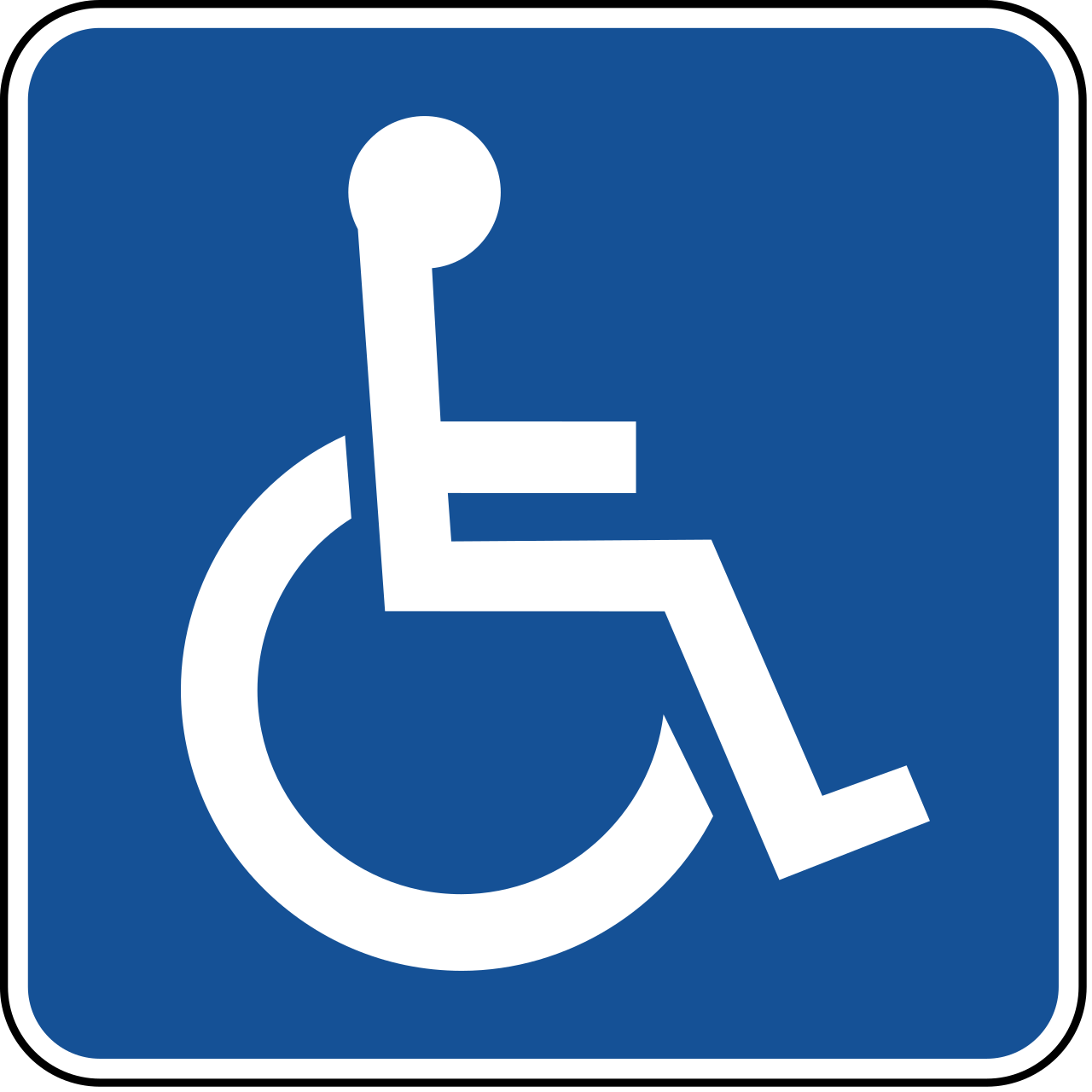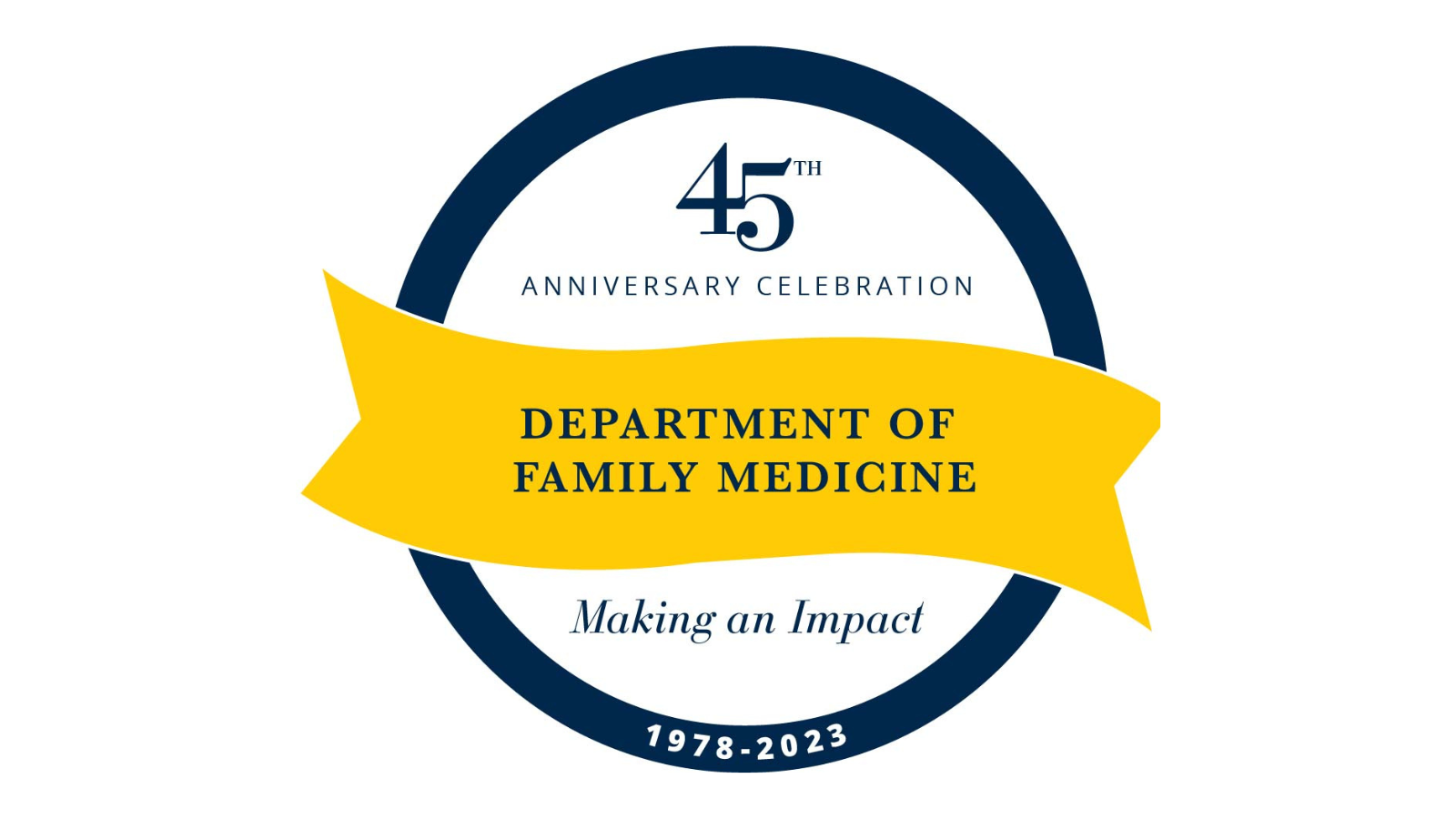Last updated 14 January 2021. Download a PDF version of the Guidelines for Accessible COVID-19 Testing & Vaccination Sites
Over 20% of individuals report a disability. These people often struggle with health inequities and poor health care access. Many of these barriers are addressable through simple steps. Providing an avenue for patients to communicate accessibility challenges and request accommodations prior to their appointment will help these individuals obtain their COVID-19 tests and vaccines equitably upon arrival.
Entrance
- At each site, locate and indicate wheelchair accessible entrances.
- A sign with the International Symbol of Accessibility should be on display to indicate the following:
- Entrances, exits and accessible restrooms
- Entrance to indicate where/how to request accommodations
Accommodations Area
- Accessible waiting areas for those who are unable to stand in long lines and/or chairs (at least 6 feet apart)
- Wheelchair(s) should be available for those needing this mobility assistance
- People who use American Sign Language – Page 31019 to get assistance from a sign language interpreter
- Limited English Proficient Patients – Dial M-Terp (6-8377) or call 936-8377 and use a speaker phone to request language assistance from a spoken language interpreter
Greeters and Check-In
- Greeters should be present at entrances to assist patients with visual or cognitive disabilities.
- All required questions should be in written,large, high-contrast characters in plain English and/or understandable graphics. These should be laminated and displayed in highly visible areas.
- Patient handouts should be bulleted.
- Information about how to request accommodations should be in easy-to-read formats.
- Clipboards with pen and paper should be available to communicate with Deaf/Hard of hearing patients.
- Allow a support person to join individuals who need assistance to meet ADA requirements
Signage
Use of signage is an important accessibility tool that may lessen the communication impact of masks.
- Signs should be in large high-contrast characters to be accessible to people with visual impairment.
- Signs should be used at the clinic to indicate the following:
- Where lines start/end and where patients should stand. Include which direction “traffic” goes
- Location of waiting areas, including accessible waiting areas or to ask accessibility questions
- Location of accessible bathrooms
- Location of the clinic and wheelchair accessible entrance
Communication
Masks (Deaf/Hard of Hearing patients)
Clear masks should be the only masks to prevent communication challenges and improve safety. Deaf/Hard of Hearing (DHH) people rely on reading lips and facial cues.
Two FDA approved clear masks are available through Michigan Medicine. Boxes of these should be at all vaccine administration sites to be used when a DHH person is present or when someone requests them:
- ClearMask - https://www.theclearmask.com/
- Safe N’Clear Communicator - https://safenclear.com/
American Sign Language
Some DHH persons communicate in American Sign Language. Sign language interpreter services are delivered in person or remotely via a mobile iPad using Zoom.
Staff interpreters can be reached at: Interpreter Services - Main Office: Phone: (734) 936-7021;
Fax: (734) 998-5368; [email protected]
Mobility Impairments
Mobility impairments can cause access challenges for individuals with disabilities:
- Wheelchair users will not be able to access sites that require the use of stairs.
- Those with reduced ability to walk may need places to rest. Provide clearly marked resting places to sit.
- Individuals with Upper Extremity Impairments may struggle to move clothing to receive the vaccination.
It is important to be aware of these and ensure the physical accessibility of sites. Additional issues include:
- Ensuring that hallways/walkways are >4 feet wide for individuals using walkers or power chairs.
- Ensure patients are asked if they require assistance to receive the vaccine (e.g., clothing assistance).
- Consider a separate table at each site that accommodates the needs of individuals with disabilities.
- Provide designated “accessible” wheelchair seating in the post vaccine “waiting area”
Pulmonary Patients using supplemental Oxygen via nasal prongs
These persons may experience difficulties with mobility and with wearing a face mask. Offer (and provide) these persons face shields as an alternative to reduce risk of COVID-19 transmission.
Priorities for Physical Accessibility*
Four priorities are listed in the Department of Justice ADA Title 111 regulations (www.ADAchecklist.org). Key accessibility guidelines from the first three priorities are listed below.
Priority 1 - Accessible Approach and Entrance: An accessible route from site arrival points and an accessible entrance should be provided for everyone.
- Are the main entrance and exit areas accessible? If not, is there an alternative accessible entrance and exit?
- Can accessible entrances/exits be used independently, during the same hours as the main entrance/exit?
- Do all inaccessible main entrance/exits have signs indicating the location of the nearest accessible entrance?
- Is there a sign at all accessible entrances with the International Symbol of Accessibility?
Priority 2 - Access to Goods and Services: The layout of the building should allow people with disabilities to obtain goods and services and to participate in activities without assistance.
- Does the accessible entrance provide direct access to the main floor, lobby and elevator?
- Are all public places on at least one accessible route?
- Is the route stable, firm and slip resistant and at least 36 inches wide (to accommodate wheelchairs)?
- Is there at least one space 36 inches wide by at least 48 inches long for a person in a wheelchair?
Priority 3 Access to Public Toilet Rooms: When toilet rooms are open to public they should be accessible to people with disabilities.
- If toilets are available to public, is at least one gender neutral, toilet accessible?
- Are there signs at inaccessible toilet rooms that give directions to accessible toilet rooms?
- If not all toilets are accessible, is there a sign at the accessible toilet room with the International Symbol of Accessibility?
For questions or information, contact: Michael McKee, MD, MPH ([email protected]), Oluwaferanmi O. Okanlami MD, MS ([email protected]) or Dawn Michael, CPACC ([email protected])
Resources:
Department of Family Medicine MDisability: https://medicine.umich.edu/dept/family-medicine/programs/mdisability
Center for Disability Health and Wellness: https://disabilityhealth.medicine.umich.edu/
Services for Students with Disabilities: https://ssd.umich.edu/
*This checklist was produced by the New England ADA Center, a project of the Institute for Human Centered Design and a member of the ADA National Network For the full set of checklists, including the checklists for recreation facilities visit www.ADAchecklist.org. Copyright � 2016 ADA Checklist for Existing Materials. You can freely reproduce and distribute this content. Include proper attribution. But you must get permission before using this content as a fee-based product.





